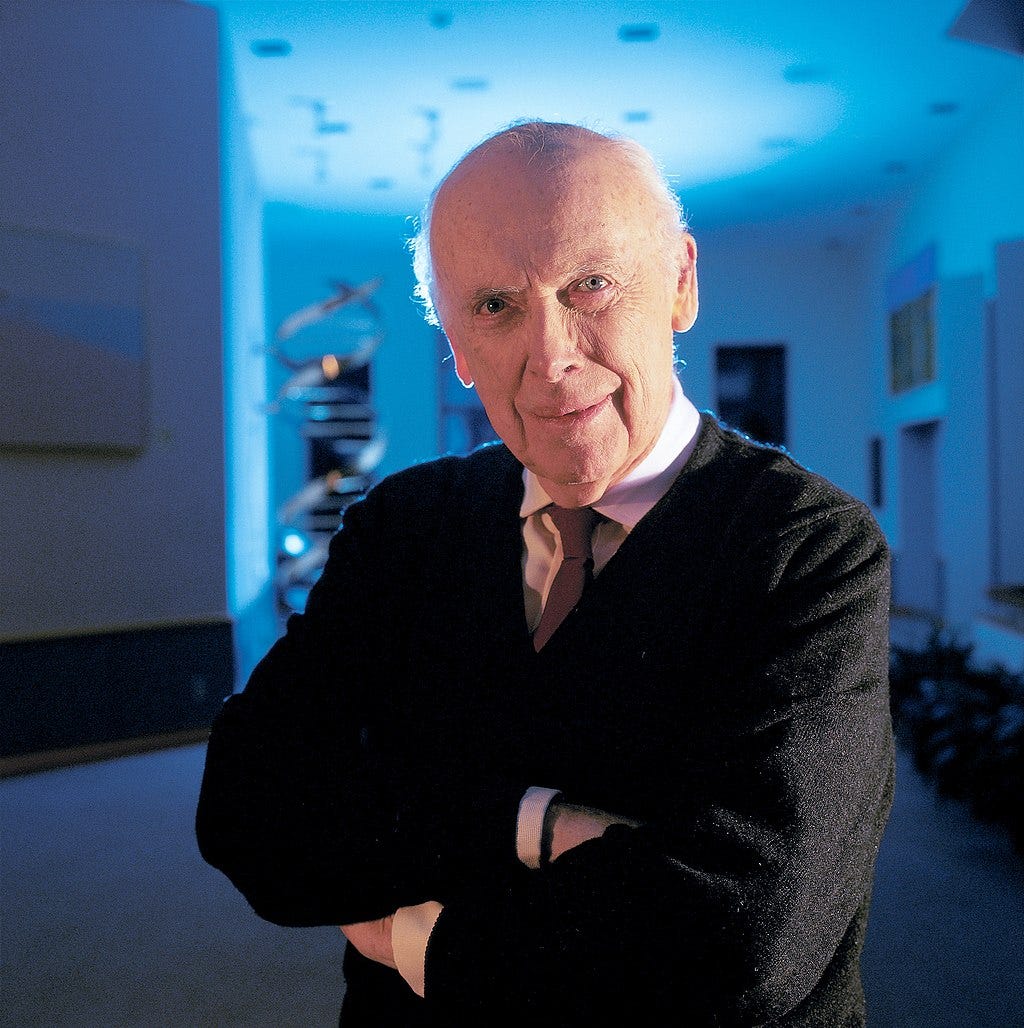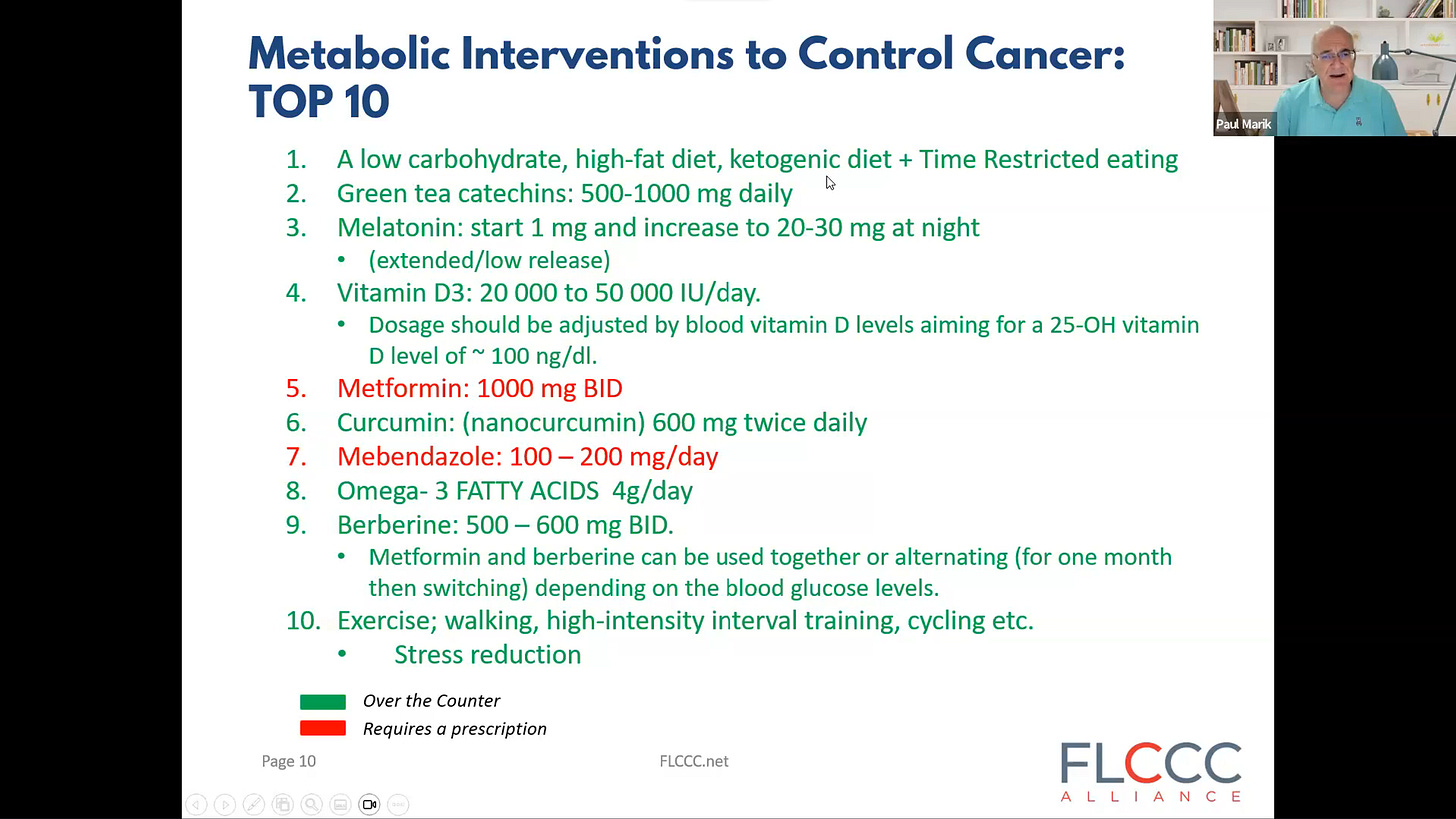“The incidence of cancer is increasing in this country, and by 2030, one in three people will have cancer,” reported Dr. Paul Marik during a presentation he gave to the World Council for Health. “So, despite all the advances that we’ve made, the incidence of cancer is on the rise and shows no signs of slowing down.”
Dr. Marik is the world’s second-most published critical care physician and has written over 500 peer-reviewed journal articles.
The World Health Organization defines cancer as “a large group of diseases that can start in almost any organ or tissue of the body when abnormal cells grow uncontrollably, go beyond their usual boundaries to invade adjoining parts of the body, and/or spread to other organs.” “Cancer is the second leading cause of death globally, accounting for an estimated 9.6 million deaths, or one in six deaths, in 2018.”

Conventional medicine suggests mutations in the DNA within cells are the primary cause of cancer, but “it’s really due to lifestyle changes, insulin resistance, vitamin D deficiency, obesity, and processed foods that [are] driving this exponential increase in the risk of cancer,” refuted Dr. Marik.
In 1927, Otto Warburg observed a particular effect present in every cancer cell: they have faulty mitochondrial metabolism and rely on anaerobic means for fuel consumption. As such, cancer cells are heavily reliant on glucose. Dr. Warburg “won the Nobel Prize in 1931 for this finding,” reported Dr. Marik.
Building on Dr. Otto Warburg’s research on cancer cell metabolism, Prof. Thomas Seyfried has further advanced the understanding of cancer. He has compellingly shown that cancer should be viewed primarily as a metabolic disorder rather than a mere chromosomal defect. As such, he argues treatments should target the disease’s metabolic nature rather than just its genetic anomalies.
Dr. Marik presented two quotes, emphasizing that cancer is fundamentally a metabolic disease.
The first came from Travis Christofferson, author of Tripping Over the Truth.
“No researcher can point to any single mutation or combination of mutations and say with confidence that it alone is the cause of cancer. Nor can researchers point to a series of cellular systems rendered dysfunctional by mutations and make the same claims with confidence.”
“So, he makes a very strong point, as Dr. Seyfried does, that the chromosomal or genetic changes are really secondary phenomena and not, in almost all cases, the primary cause of cancer,” added Dr. Marik.
The next quote comes from Dr. James Watson, who, along with Francis Crick, is credited with determining the double helix structure of DNA in 1953.

“We may have to turn our main research focus away from decoding the genetic instructions behind cancer and toward understanding the metabolism within cancer cells.”
“I think he [James Watson] knows more about DNA and chromosomes than anyone else on this planet … So, if James Watson thinks that this is a metabolic disease, I’ll take it from him; this is a metabolic disease,” concluded Dr. Marik.
So, if cancer is a metabolic disease, what can we do to prevent it?
Dr. Marik presented a randomized controlled trial published in a peer-reviewed prestigious journal, Frontiers in Aging, which basically shows that “three simple interventions can reduce your risk of cancer.”
“And they looked at vitamin D in a low dose [2000 IU daily], omega-3 was 1 gram a day, [and] a simple home exercise program. And basically, what they showed is the combination of vitamin D, omega-3, and a simple home exercise program that could reduce your hazard ratio by 0.6. So, it reduced your risk of cancer by 60%.” shared Dr. Marik.
Think about that: exercise, sunshine/vitamin D, and Omega-3s can reduce your cancer risk by 60%. None of these interventions, by any means, break the bank. So, if this is your first time hearing this bit of information, it’s likely no mere coincidence.
Dr. Paul Marik also presented his top ten “metabolic interventions to control cancer.”
A low carbohydrate, high-fat diet, ketogenic diet + time-restricted eating.
• “So, you essentially want to starve the cancer cell of glucose. Human cells, healthy cells, can use ketones. Cancer cells can’t use ketones. In fact, it’s toxic to them,” Dr. Marik added.
Green tea catechins: 500-1000 mg daily.
Melatonin: start 2 mg and increase to 20-30 milligrams at night (extended/low release).
Vitamin D3: 20,000 to 50,000 IU/daily.
• Dosage should be adjusted by blood vitamin D levels aiming for a 25-hydroxyvitamin D level of ~ 100 ng/dl.
• “Vitamin D is highly effective, and the data showing that vitamin D both prevents and treats cancer is overwhelming. A report in the New England Journal of Medicine in 2002 strongly provided evidence of the role of vitamin D-3. And this explains why the risk of cancer is much higher as you go more north or south [of the equator]. So, as your exposure to ultraviolet D decreases and your vitamin D goes down, your risk of cancer goes up. There’s a very strong relationship between vitamin D levels and your risk of cancer,” Dr. Marik additionally stated.
• Note: If you're taking a high dose of Vitamin D, scientists such as Dr. Simon Goddek emphasize that you also want to pair it with magnesium, zinc, and Vitamin K2.
Metformin: 1000 milligrams twice daily (requires a prescription).
Curcumin: (nanocurcumin) 600 milligrams twice daily.
Mebendazole: 100-200 mg daily (requires a prescription).
Omega-3 FATTY ACIDS: 4 grams a day.
Berberine: 500 to 600 milligrams twice daily.
• Metformin and berberine can be used together or alternating (for one month then switching) depending on the blood glucose levels.
Exercise: walking, high-intensity interval training, cycling, etc.
• Also, stress reduction.
“We recommend that patients don’t follow a single intervention, but multiple interventions which act synergistically and additively together,” concluded Dr. Marik.
For further information, Dr. Marik’s Cancer Care guide details just about everything you would want to know about cancer.
And Dr. Marik’s full presentation to the World Council for Health is available to watch in the video below:
If you found this article helpful or to hold valuable information, please share it with one family member or friend.
Medical Disclaimer: The medical viewpoints expressed in the clipped video from the World Council for Health’s conference and this article are for informational purposes only and is not intended for self-diagnosis or self-treating of any health-related condition.
Readers should consult with a doctor or another healthcare professional before pursuing major lifestyle changes, diagnoses, or treatments.











